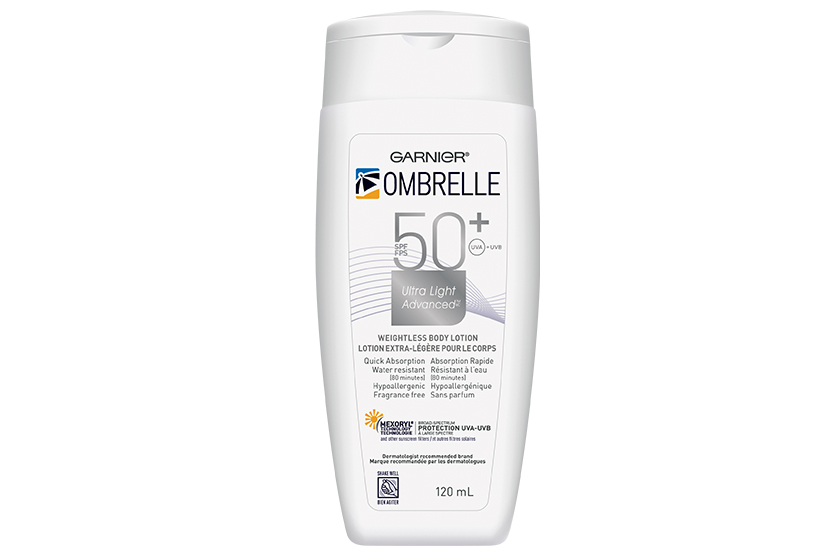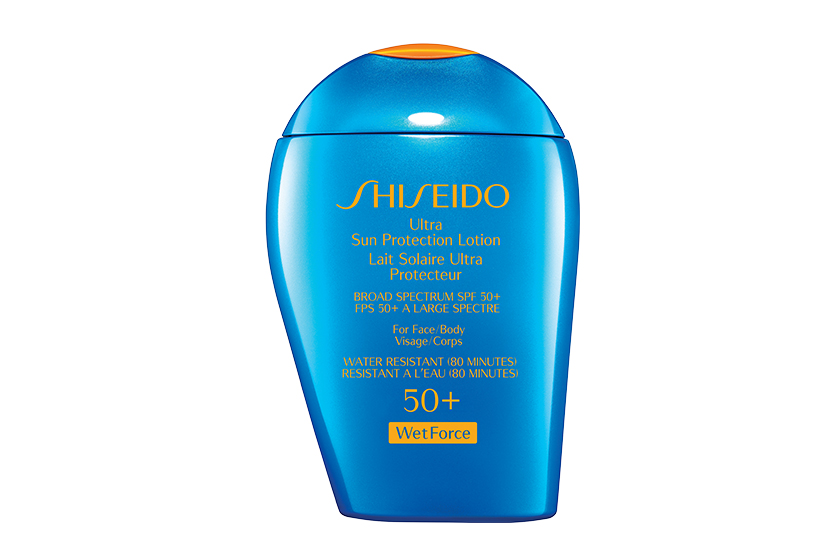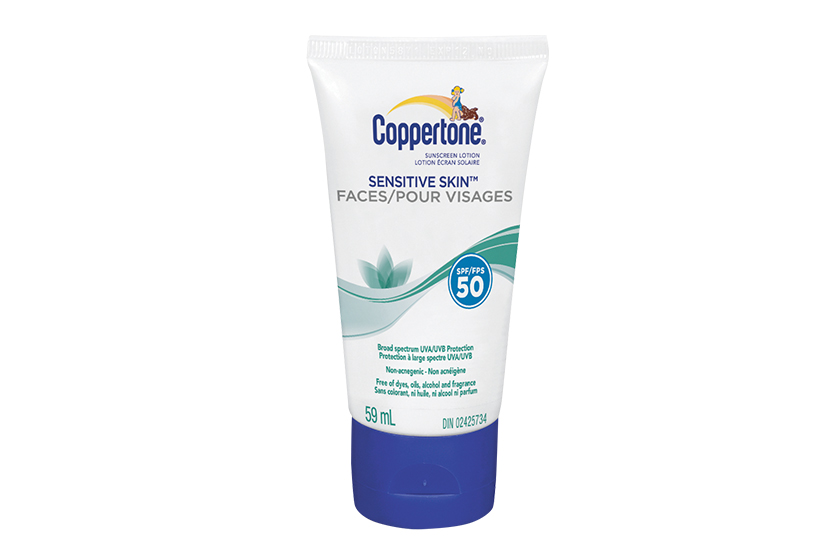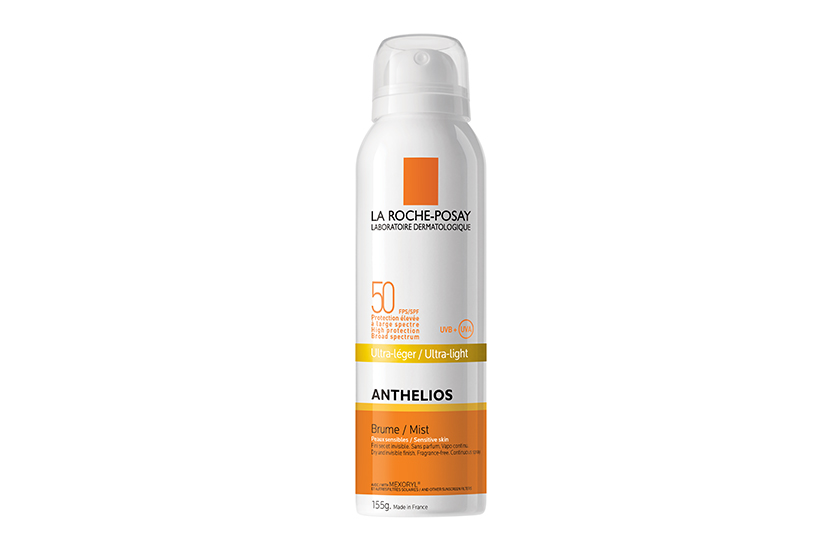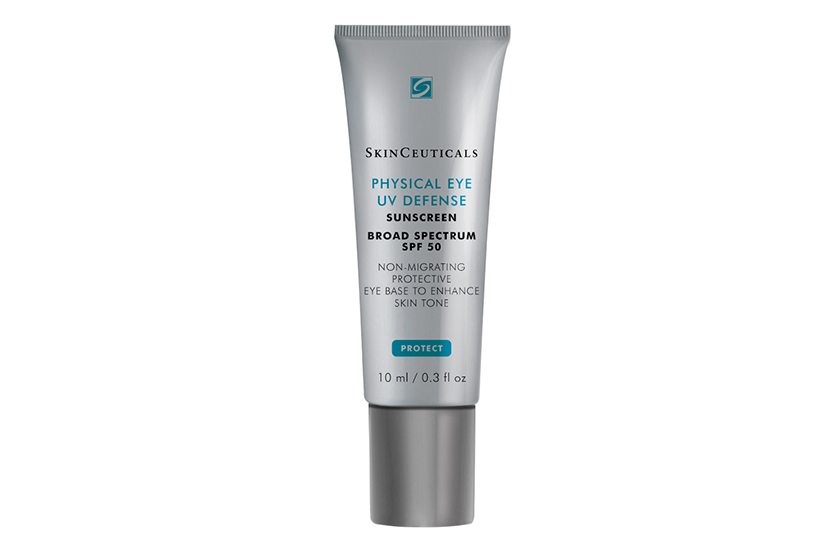Ask a Dermatologist: The Facts on Sun Safety
Still perplexed about SPF? You’re not alone. We asked dermatologist Dr. Beatrice Wang for the facts on playing it sun-safe
(PHOTO: ISTOCKPHOTO)
There’s been controversy over sunscreens containing nanoparticles of titanium dioxide or zinc oxide. Are these dangerous? No, because nanoparticles don’t really penetrate the skin. This technology has actually allowed for improvements in natural sunscreen formulas. The problem with older forms of titanium dioxide and zinc oxide is that they appear pasty and white on skin, so no one likes putting them on. When you make the molecules smaller, they become almost invisible and feel very nice. Close to 6,000 people will be diagnosed with melanoma in this country this year, and a thousand Canadians will die from it every year. Sunscreens are not killing people, but they play a very valuable role in preventing cancer.
Health Canada wants to stop products from claiming very high SPFs. Why? We used to see sunscreens with SPF ratings up to 100, but going forward, the highest SPF we’ll see on a label will be 50+ because the difference between SPF 60 and 100 is so minimal. [Ed. note: companies can apply to Health Canada to make an exception to this new rule, so a few products claiming SPF 100 will still be on the market.] Higher SPF ratings tend to give a false sense of security to consumers who think they can put it on once in the morning and be protected all day. No matter what SPF consumers choose, they need to use it every day, every two hours—more often if they’re swimming or sweating.
Do you recommend apps for detecting skin cancer? It depends on who is monitoring these apps, because even dermatologists may not catch or recognize a melanoma unless they do a biopsy. If patients are using an app to track a change in a mole, then it might be useful, but it depends on their level of comfort with it. Almost every dermatology association is discouraging people from relying on these apps 100 percent. If the app says a suspicious mole is fine, but the patient still thinks something is going on, they should go see a physician.
If an anti-aging cream contains SPF, is this enough to protect skin from sun damage? No. In fact, some anti-aging ingredients or formulas, such as a retinoid combined with glycolic acid, can thin the skin, increasing the risk of sunburn. Also, SPF needs to be reapplied every two hours— but if someone reapplied a potent anti-aging moisturizer every two hours, they would irritate the skin.
Why do people need sunscreen when it’s cold, cloudy or pouring rain? This is something I find very hard to get through to patients: sun damage has nothing to do with the temperature, season or cloud cover. It’s due to UV rays, which are less intense in the winter—but they’re still there every day, causing DNA damage that contributes to melanoma risk and photo-aging.
New In Stores
Dr. Beatrice Wang is director of the McGill University Health Centre's Melanoma Clinic.
This article was originally published in the Summer 2015 issue of Cosmetics magazine. For more, download our iPad edition.


